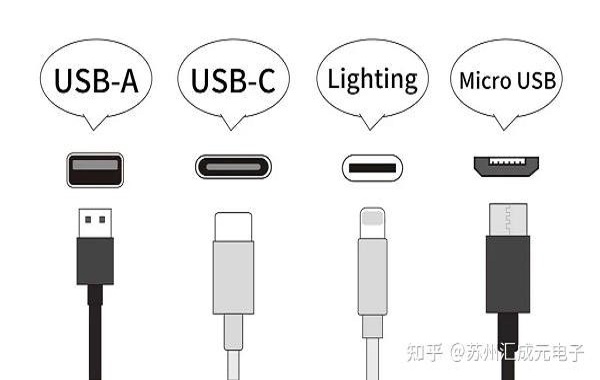Categorization:Harness Component

The characteristics of ultra-fine coaxial cables
Extremely thin coaxial cables are mainly used for high-speed signal transmission, such as in camera modules, displays, medical endoscopes, and industrial robots, and other scenarios. Their characteristics include:Good signal integrity: the coaxial structure can stabilize impedance and reduce signal attenuation.
Flexible: High bending performance, suitable for dynamic usage environments.
These characteristics make ultra-fine coaxial cables very suitable for high-speed and precise signal transmission, but not suitable for transmitting large currents.

Two, the core requirements of the charging cable
The requirements for charging cables and signal cables differ mainly in the following aspects:
Current carrying capacity: It is necessary to ensure sufficient current flow to achieve fast charging.Heat control: If the conductor is too thin, it will increase resistance and cause heating.
Mechanical strength: Charging cables are frequently plugged and unplugged, so they need to be wear-resistant and durable.
Therefore, conventional charging cables usually use multiple strands of thick copper conductors to ensure stable and safe transmission of large currents.
Can ultra-fine coaxial cables be used for charging as well?
Theoretically, ultra-fine coaxial cables can transmit current, but their carrying capacity is limited due to the conductor diameter, making them more suitable for powering low-power devices such as camera modules or small sensors. In some high-speed interfaces (such as USB, HDMI, MIPI), ultra-fine coaxial cables can simultaneously transmit signals and small amounts of power supply. However, using them directly as charging cables for mobile phones or computers may result in excessive heat generation, low efficiency, and a short lifespan.
The ultra-fine coaxial cable is suitable for high-speed signal transmission and small current power supply, but it is not suitable as a substitute for traditional charging cables. To ensure high-power, high-efficiency charging, it still depends on the traditional design of multi-strand thick copper core conductors. Understanding the characteristics and application scope of the ultra-fine coaxial cable can help designers and engineers make more reasonable selection decisions.
I am[Suzhou Huichengyuan Electronic Technology],Long-term focus on the design and customization of high-speed signal cable harnesses and ultra-fine coaxial cable harnesses, committed to providing stable and reliable high-speed interconnection solutions. If you have any needs or want to learn more, please contact us:Manager Zhang 18913228573 (same number for WeChat)。